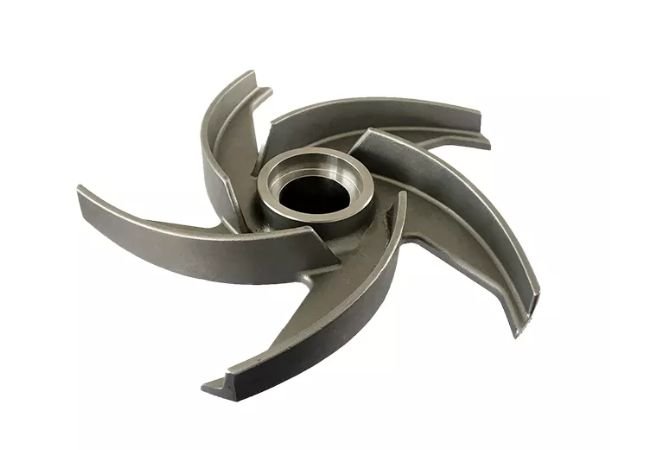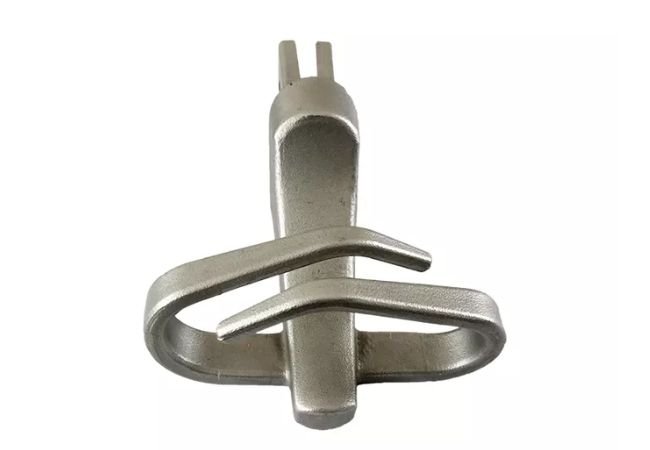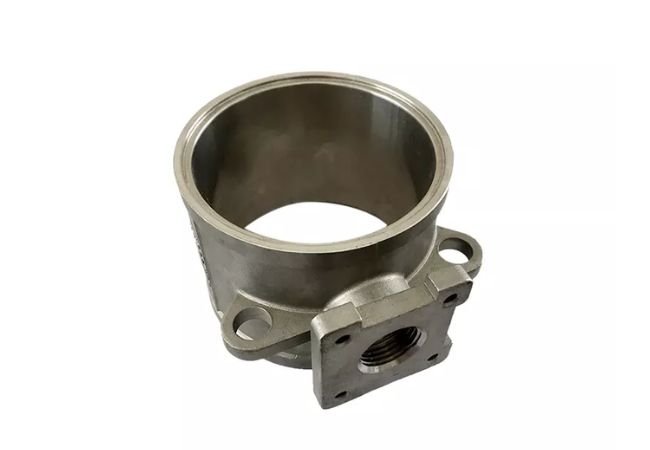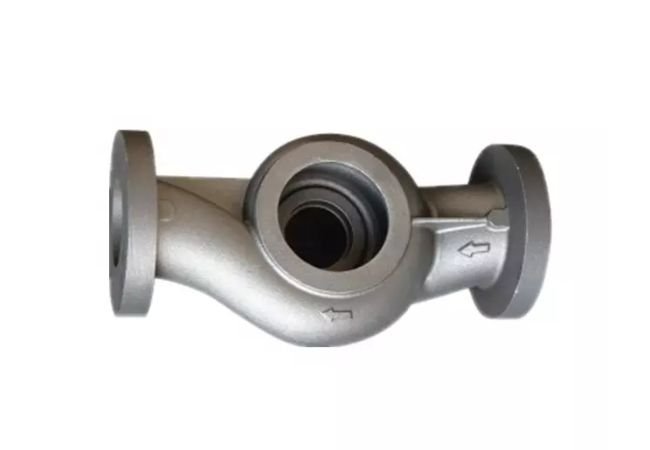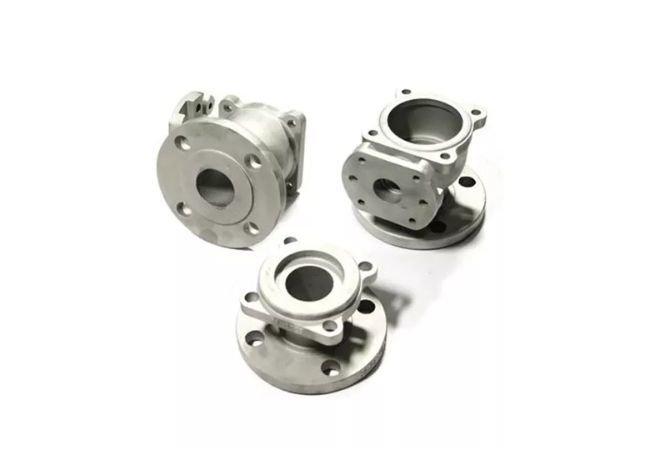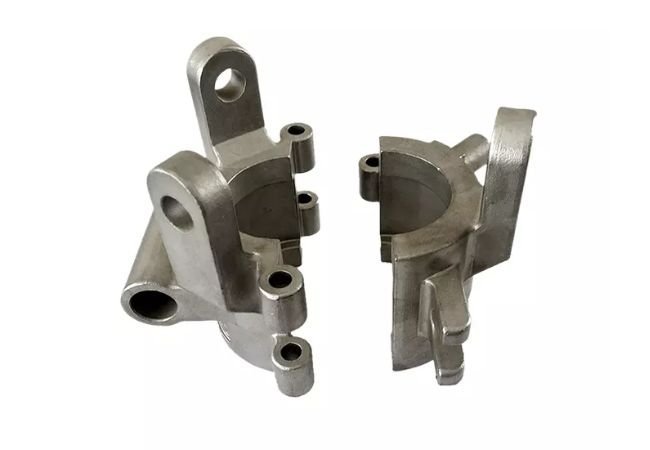What is Stainless Steel Casting
Stainless steel casting is a process of metal working used for fabricating a wide range of custom stainless steel parts. It is one of the most commonly used process for part production. This process involves melting the raw stainless steel material. It is then poured into a mold to solidify. Thus, achieving the desired shape of a component. Unlike other metal working processes, the stainless steel casting allows the manufacturer to produce components with complex shapes and fine details. It also allows excellent dimensional accuracy and tight tolerance while eliminating secondary operations.
Stainless steel parts can be achieved through casting in one piece. Therefore, it is considered as an ideal alternative to welding processes. This process allows you to save cost and time for additional machining operation. It is a highly recommended fabrication process where corrosion resistance and steel properties are necessary.
Common Stainless Steel Grades Used for Casting Process
304
SS304 is a part of austenitic group of stainless steel. This grade is also called as A2 stainless steel. It features high resistant to corrosion that can be caused by atmospheric or environmental conditions. These grades can also withstand oxidization from acidic solutions.
3104L
Compared to 304, SS304L has slightly lower mechanical properties. It is widely characterized by its sensitization by forming chromium carbides. Because of its versatility, it is commonly used for welding and casting.
316
It is also called as A4 stainless steel. Basically, this grade has similar mechanical and physical properties with 304. Their only difference is their molybdenum content. These grades of stainless steel are widely used for investment casting because of its increased corrosion resistance.
316L
With its lower carbon content, SS316L can reduce sensitization due to exposure to high temperature in welding process. However, this grade can resist cracking due to stress and corrosion.
17-4 PH
It belongs to the family of precipitation-hardening martensitic stainless steels. It contains about 3 to 5% of Nickel. Thus, SS17-4 PH has a very good corrosion resistance. It features a high strength. Therefore, this grade is widely used for casting SS components that are not easily deformed.
2205 Duplex
This grade for stainless steel is widely used for casting because of its superior corrosion resistance and excellent mechanical properties. It is composed of 4.5% nickel-nitrogen, 2.5% molybdenum, and 22% chromium. These are characterized by its high toughness and strength.
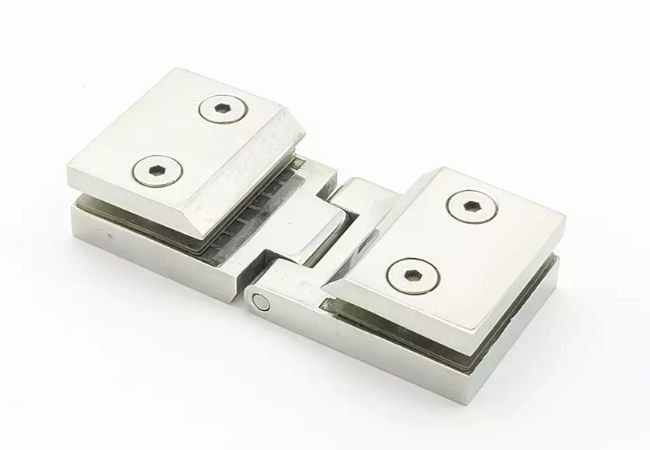
Stainless Steel Casting Process
Below are the different processes in stainless steel casting.
- First, using a metal injection die, a wax pattern is formed. The pattern contains all the details of the component’s dimensions or section for thermal contraction.
- Second, multiple patterns are connected to form a gating and runner system. Thus, the finished stainless steel part is formed. The molten stainless steel material will flow into the runner system to fill the mold cavities. Therefore, a well-balanced casting is achieved.
- After the above pattern is completed, the next step is dipping it into a ceramic slurry to achieve the desired thickness.
- The wax is melted using a high temperature. A precise cast stainless steel part is produced by filling the void left after melting the wax pattern.
Different Stainless Steel Casting Methods
There are different methods used for casting stainless steel including:
- Centrifugal Casting
- Lost Wax Casting
- Continuous Casting
- Pressure Diecasting
- Sand Diecasting
- Corner Diecasting
Post Treatments
Heat Treatment
Similar to other casting process, stainless steel castings may also need a heat treatment process. This post treatment is used to achieve a specific stainless steel properties. Solution treatment is widely used for stainless steel casting. However, it depends on the grade and type of stainless steel. This process is used for ensuring the material properties such as hardness, ductility, and corrosion resistance.
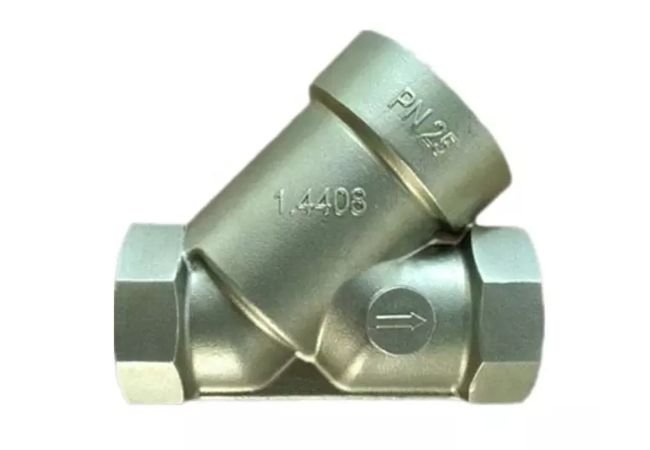
Post Machining
Post machining is required after casting to reach the required surface finish and tolerance. With our advanced professional machining, you can assure that we can achieve intricate features and fine details. Yet, high accuracy and precision are still maintained. We have full range of CNC machines, manual milling, and turning, rest assured that Ucasting has a reliable production.
Surface Finishes
Surface finishes are used as a post treatment for stainless steel casting to achieve brighten or smooth surface. Below are the different types of surface treatments.
- This treatment is commonly used for removing the casted stainless steel part’s tiny burrs. Therefore, improving its surface brightness.
- Shot Blasting. It is a low-cost surface finish used for polishing, cleaning, and strengthening the casted stainless steel component.
- Mirror Polishing. The mirror polishing treatment can achieve a shining and very smooth surface.
- Passivation and Pickling. The passivation treatment allows the formation of protective chromium layer to improve oxidation resistance. On the other hand, pickling is a post-treatment used for eliminating the casted stainless steel part’s welding spots, dirt, and more.
- Glass Bead Blasting. This surface treatment is relatively high cost. It is used for refining the casted stainless steel surface using sand glass bead to achieve a smoother surface.
- Vibratory Polishing. The vibratory polishing is used for de-burring, de-scaling, cleaning, and brightening the casted stainless steel parts. Thus, shining and smooth surface are achieved.
Advantages of Stainless Steel Casting
High Accuracy. Stainless steel casting allows the production of ss components with near net and accurate shapes. The accuracy is maintained throughout the production stages by utilizing similar wax patterns.
Custom and Freedom of Designs. With this process, freedom of designs and shapes for stainless steel parts are limitless.
Excellent Hardness. Cast stainless steel parts tends to have high toughness to resist abrasion and dents. With its high hardness, you can guarantee longer life service.
Different Components Produced Through Stainless Steel Casting
Below are the different parts produced by using stainless steel casting process:
- Rods
- Pins
- Links
- Arms
- Housings
- Bushings
- Handles
- Brackets
- Gears
- Plates
- Food-grade steel
Industry Standards for Stainless Steel Casting
At Ucasting, you can assure that our stainless steel casting process is certified by:
- ISO9001:2015
- AMS Non-Destructive Testing Certification
- ASTM A890
- ASTM A995
- ITAR
- Mil-I-45208
Casting Stainless Steel Tolerance
- Linear. This tolerance will depend on the stainless steel part straightness, holes, concentricity, flatness, length, and more.
- Geometric. It is relevant to fillets, roundness, parallelism, straightness, and internal radii of the investment casting.




